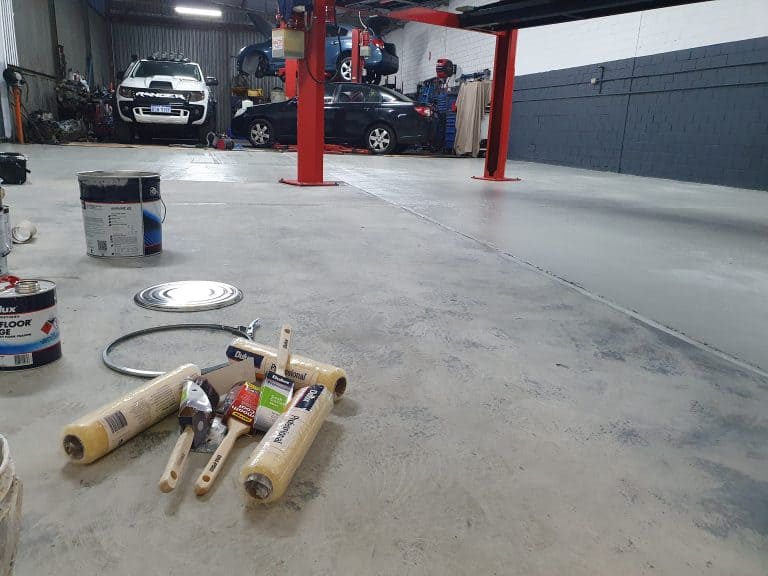
If you’re thinking of waterproofing an industrial project, you need to know about the different types of caulking and sealant available.
Waterproofing, sealant, and caulking can help protect your industrial project from potential damage. We will also give you advice on ensuring your industrial project is waterproof, from the basics of how to use sealants to more advanced caulking techniques. So whether you’re looking for a simple solution or something more elaborate, we have you covered.
What Is Industrial Sealant?
Industrial sealant is a type of waterproofing and sealant used in industrial settings. It is an adhesive that protects surfaces from water, moisture, and air infiltration.
Typical applications for industrial sealant include protecting roofs and walls from the weather, sealing leaks in buildings and equipment, and protecting against corrosion. You can apply sealant in many different environments, including indoor and outdoor areas.
Types of Sealant Application and Maintenance
Sealing and caulking are two standard methods that you can use to waterproof and protect structures from moisture. You can apply a sealant to the exterior of a structure. While using caulking, you can seal gaps between surfaces.
There are many types of sealant and caulking, but most applications fall into one of three categories: waterproofing, water repellency, or protection from chemicals.
Protection against chemical sealants protects a structure from harmful chemicals that the surrounding environment may release. Waterproofing sealants are designed to keep moisture out of a structure. Water-repellent sealants prevent water from seeping through the coating.
Most homeowners use simple water-based sealants to keep their homes dry and protected against weather elements. However, industrial painting contractors need to use more specialised sealants specifically designed for harsh environments and chemical exposure.
Process Before Sealant Application
● Check the sealant specifications and ensure they are compatible with the project conditions. Make sure surfaces are treated with no dust, dirt, grease, or particles.
● Any material that may block the flow of water will impede the sealant’s effectiveness. Sometimes, it may even require a fresh coat of sealant to respond appropriately to obstructions. It is also essential to verify that all pipes, cables, and other potential obstruction areas have been adequately cleared.
● Mix your desired caulking formula according to the package instructions if you use caulking instead of a sealant. Work quickly and evenly across the area being treated with a hand-held applicator gun or trowel-type tool. Be careful not to apply too much pressure, as this can cause wrinkles in the caulking film. Allow the caulk to dry completely before proceeding.
How Does Industrial Sealant Work?
Industrial sealant is a type of waterproofing and sealing material that you can use to seal joints between different parts of an object or to protect surfaces from water, dust, and other contaminants. When applied correctly, industrial sealant can help keep your equipment, surfaces, and roof safe and functioning in extreme weather conditions.
Types of Industrial Sealant
Only sealants can be used for industrial purposes. For example, epoxy coatings preserve and shine surfaces. Industrial polymers include silicone, acrylic, polyurethane, and others. Talk to a specialist about the most popular sealant for your task and ask for brand or type recommendations. A coatings professional can save you money by helping you choose the correct product. They can also apply sealants in any environment.
How to Identify the Right Sealant for Your Project
Waterproofing, sealant, and caulking require a lot of knowledge. Four tips for choosing an industrial sealant:
● Research the finest sealants for your job before starting. Applying a suitable sealant saves time and money.
● Select the right sealant type, formula, and size. It’s crucial to know how much coverage each sealant needs before applying.
● Follow the Manufacturer’s Instructions.
How to Apply a Caulk Sealant
Caulking can fill microscopic gaps in other materials. Therefore, it’s crucial to get the right caulk, as there are several. Some caulks function solely with certain building materials, while others operate on many surfaces.
● Caulking requires a tube of sealant, a caulking gun, an applicator needle or brush, and construction paper or plastic wrap.
● Start by cleaning the surface you’ll caulk.
● Pull the trigger to release the sealant from the gun. Aim the gun at the hole or crack and press the plunger hard to release a sealant bead. Repeat until the crack or hole closes.
Conclusion
In conclusion, waterproofing, sealant, and caulking are all essential aspects of an industrial project. This article covers everything you need to know about waterproofing, sealant application, and caulking. Thanks for reading!








